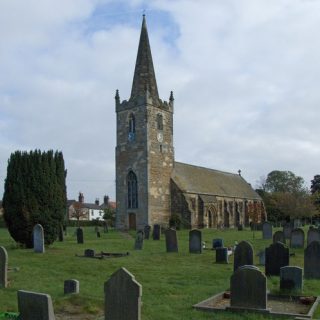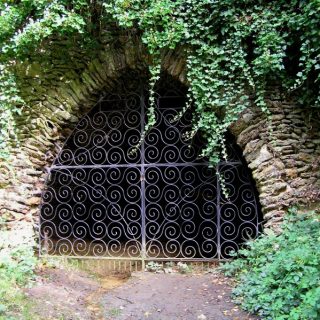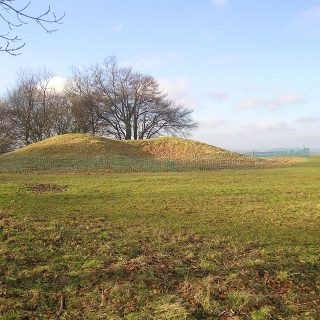Cobbler’s Well
The following story of Cobbler’s Well was printed in ‘County Folk-Lore Volume VI – Examples of Printed Folk-Lore Concerning The East Riding of Yorkshire (1911)’ which was edited by Eliza Glutch. ‘In a hollow on Beverley Westwood is a stone trough, into which a spring of exceedingly cold pure water once flowed abundantly.










Recent Comments